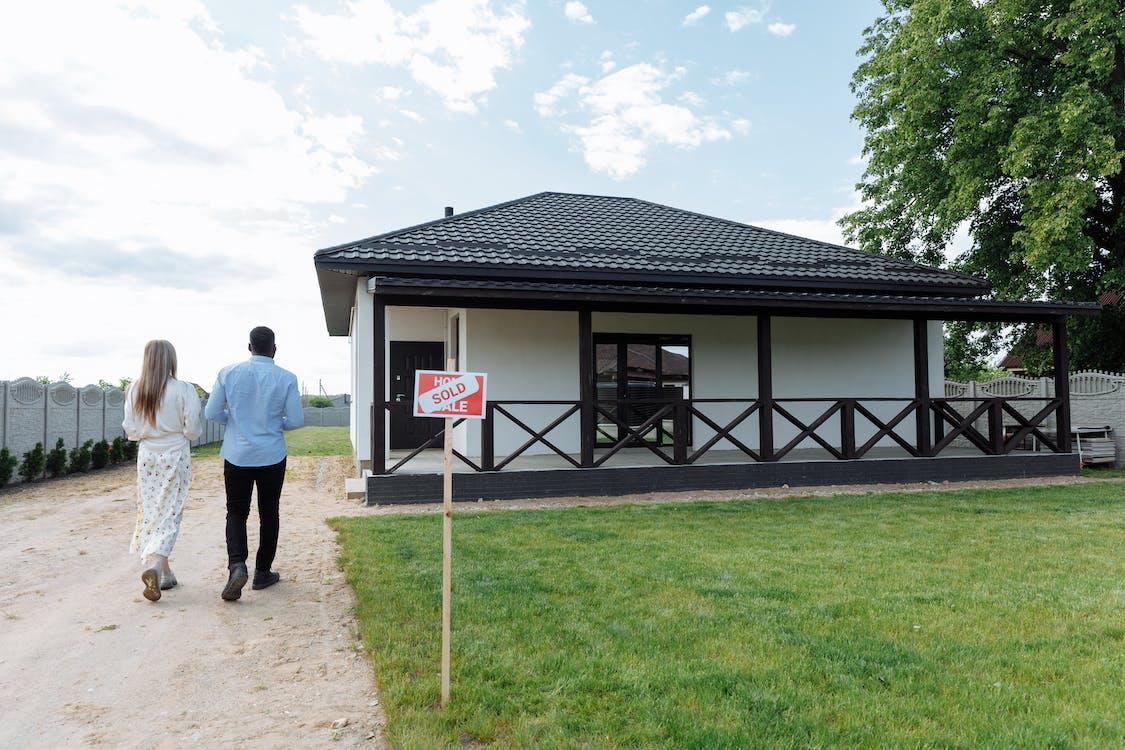A silent yet powerful player in the cutthroat industries of modern construction and real estate, high-quality visuals have become essential tools in showcasing properties and attracting potential buyers.
Visual representations, such as images, videos, and interactive floor plans, clearly and accurately depict a property’s features, layout, and potential, allowing individuals to make informed decisions without physically visiting the location.
With this post, you’ll learn how visual content has revolutionized how properties are marketed and how it has become an indispensable asset for construction professionals and real estate agents.
Table of Contents
What Exactly Are High-Quality Visuals?
Let’s peel back the layers for you to understand what we mean by high-quality visuals. Picture this: crisp, clear, and captivating representations of spaces that transcend the boundaries of imagination.
These visuals have become the unsung heroes of the construction and real estate realms, silently influencing decisions and perceptions.
In the dynamic dance between bricks and mortar, the importance of high-quality visuals cannot be overstated. Thus, the services of real estate marketing experts become invaluable in the intricate choreography of visual representation. Companies like Blinqlab Direct specialize in creating high-quality floor plans and 3D renderings, along with property photo and video editing services.
Their proficiency in transforming visions into captivating visuals elevates the overall presentation of properties and ensures that the narrative woven around each space is compelling and market-ready.
As the demand for visually stunning representations continues to grow, partnering with industry experts like Blinqlab Direct becomes a strategic move in navigating the competitive landscapes of real estate and construction.
Types of High-Quality Visuals
Now, let’s take a closer look at the tools of the trade—the diverse array of high-quality visuals that are reshaping the industries.
3D Renderings
Gone are the days when architects had to rely on flat blueprints to convey their visions. Enter 3D renderings—the sorcerers’ spells that bring designs to life. These visual masterpieces allow everyone involved to step into the future and explore spaces before they exist.
Virtual Tours
Virtual tours have become the passports to exploration in a world increasingly connected by pixels and screens. Whether it’s a construction site or a lavish mansion, virtual tours offer an immersive experience, allowing users to wander through spaces from the comfort of their screens.
High-Resolution Images
A picture is worth a thousand words, they say. In construction and real estate, a high-resolution image is a novel. These images capture the essence of a space, allowing viewers to zoom into the tiniest details. Every crack and crevice is laid bare, leaving no room for ambiguity.
Applications in Construction
Construction, often perceived as a symphony of hammers and cranes, is undergoing a visual revolution.
Project Planning
High-quality visuals are the architects’ compasses during the planning phase. They provide a roadmap, allowing teams to foresee challenges, anticipate solutions, and refine blueprints until perfection is achieved. It’s like taking a test drive before building the road.
Design Visualization
Ever tried explaining the curve of an arch or the play of light in a space without visuals? Architects and designers would tell you it’s a Herculean task. High-quality visuals act as the eyes through which clients and collaborators witness the birth of a design, fostering a shared excitement for what’s to come.
Client Presentations
No more static presentations with monotone slides. High-quality visuals transform client presentations into cinematic experiences. Clients are no longer subjected to deciphering abstract drawings; instead, they embark on visual journeys, understanding the intricacies of a project with clarity and enthusiasm.
Applications in Real Estate
Real estate, the realm of dreams and investments, has found a true companion in high-quality visuals.
Property Listings
Gone are the days when a property listing was a mere checklist of features. Today, a property listing is a visual symphony, showcasing the charisma of a space in all its glory. High-quality visuals turn listings into invitations, inviting potential buyers to explore and imagine life within those walls.
Virtual Property Tours
Imagine touring a property without stepping out of your living room. Virtual property tours make this seemingly magical feat a reality. Potential buyers can stroll through bedrooms, peek into kitchens, and gaze at panoramic views—all from the comfort of their screens.
Marketing Materials
Marketing in real estate is not just about selling properties; it’s about selling a lifestyle. High-quality visuals, woven into brochures and online campaigns, craft narratives that resonate with the target audience’s desires. It’s not just a house; it’s a home; it’s not just a building; it’s an investment in a future.
Benefits of High-Quality Visuals
One cannot ignore the transformative power that high-quality visuals bring to the table. Imagine trying to explain the intricate details of a construction project or the charm of a real estate listing without the aid of visuals. It’s like describing a painting to someone who has never seen colors.
Improved Communication
The most crucial element to a successful project is clear communication, and high-quality visuals are the language it speaks. These visuals bridge the gap between technical jargon and layman’s understanding, fostering a shared vision among stakeholders. No more lost-in-translation moments—everyone is on the same page, staring at the blueprint of possibilities.
Enhanced Decision-Making
In the fast-paced world of construction and real estate, decisions must be made swiftly and wisely. High-quality visuals act as decision-making compasses, providing a clear direction. The ability to see the end result before a single brick is laid ensures that decisions are not made in the dark but in the vivid light of a well-rendered visual.
Increased Marketing Effectiveness
Real estate is not just about structures; it’s about selling dreams and aspirations. High-quality visuals transform marketing from a mundane task to an art form. Potential buyers and investors are not just presented with properties; they are immersed in experiences. These visuals are the bait that lures in interest and seals the deal.
Technological Advances
Behind the curtain of awe-inspiring visuals, technology plays the role of the wizard. Let’s explore how technological advances are shaping the landscape.
Role of Technology in Visuals
From the humble pencil sketch to sophisticated rendering software, technology has been the driving force behind the evolution of visuals. Advanced modeling tools, virtual reality, and augmented reality have become the paintbrushes of modern architects and real estate professionals.
Accessibility and Affordability
What was once a luxury for big-budget projects has become a necessity for projects of all scales. The democratization of visualization tools has made high-quality visuals accessible to a broader audience. Small firms and individual homeowners can now leverage the power of visuals without breaking the bank.
Future Trends
As we stand on the precipice of the future, what lies ahead for high-quality visuals? The crystal ball reveals exciting possibilities—more immersive virtual experiences, hyper-realistic renderings, and perhaps even the integration of artificial intelligence to predict design trends.
Challenges and Considerations
However, like any technological marvel, high-quality visuals are not without their challenges.
Cost Implications
Creating high-quality visuals comes at a cost. The intricacy of 3D modeling and the resources required for virtual reality experiences can strain budgets. Striking a balance between quality and affordability remains a challenge the industry grapples with.
Technical Limitations
Not every project can be seamlessly translated into a visual masterpiece. Technical limitations, especially in the representation of complex structures or unconventional designs, pose hurdles that demand creative solutions.
Training and Adoption
Embracing the visual revolution requires a shift in mindset and skillset. Training teams to leverage visualization tools and convincing stakeholders of the value of high-quality visuals demand time and effort. The challenge lies not just in adopting the tools but in embracing a visual-first approach to projects.
Conclusion
High-quality visuals have emerged as the vibrant threads that bind creativity, communication, and commerce in the construction and real estate industries. From shaping designs to marketing properties, these visuals have transcended their role as mere tools
—they are the storytellers! So, the next time you find yourself immersed in a virtual tour or marveling at a 3D rendering, remember that you are not just looking at images—you are witnessing the evolution of industries, the transformation of spaces, and the power of a visual revolution that shows no signs of slowing down.





